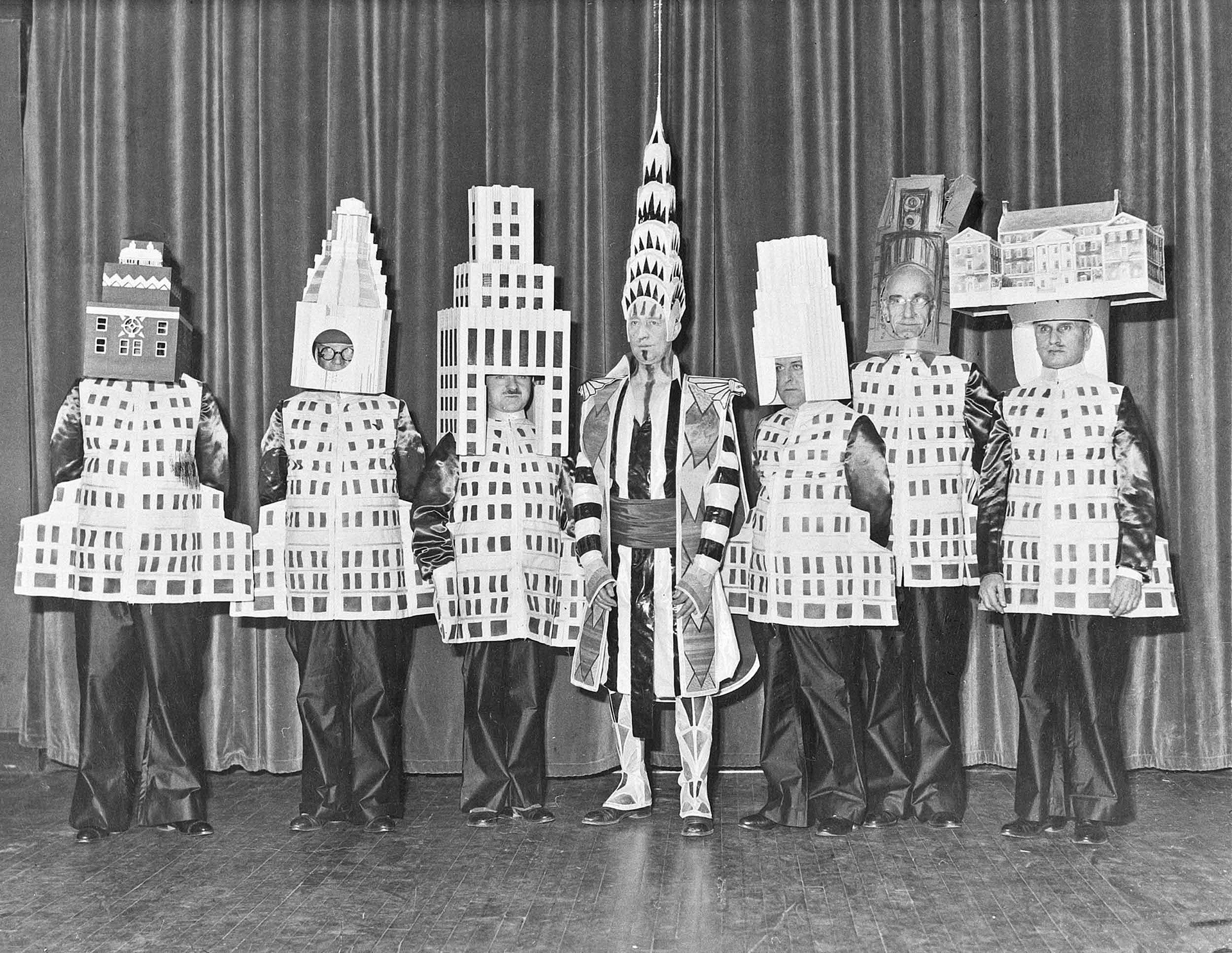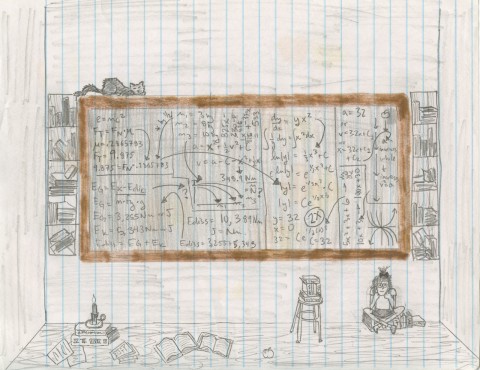“A Short History of the Highrise,” a four-part interactive New York Times “Op-Doc” reminds me of a pop-up book. The very first lever I pulled (actually it was a wooden bucket) added a couple of stories to a medieval tower! I even snagged a couple of complimentary factoids about the Tower of Babel! Bonus!
The kids are gonna love it!
There are doors to push, scenic postcards to flip, a little Roman guy to drag to the right… what a creative use of the Times’ massive photo morgue. Director Katerina Cizek skitters throughout history and all over the globe, swinging by ancient Rome, Montezuma’s Castle cliff dwelling, China’s Fujian province, 18th century Europe, and Jacob Riis’ New York. Apparently, vertical housing is nothing new.
( I did find myself wondering what director Cizek might be angling for at the Dakota. The storied apartment building was long ago dwarfed by taller additions to New York City’s urban landscape, but its multiple appearances in the series indicate that it’s still its most desirable. Mercifully, none of the interactive features involve John Lennon.)
Would that a similar restraint had been exercised with regard to narration. I would have gladly listened to Professor Miles Glendinning, the mass housing scholar who lends his expertise to the project’s subterranean level. Alas, the non-interactive portion is marred by a bizarre rhyme scheme meant to “evoke a storybook.” If so, it’s the sort of storybook no adult (with the possible exception of the singer Feist, who was hopefully paid for her participation) wants to read aloud. A sample:
Publicly sponsored housing isn’t everywhere the diet
Beyond Europe, North America and the Soviet Union, high rise development is rampantly private.
Seriously?
Given the level of discourse, I see no reason we were deprived of a rhyme for “phallic symbol.” Those animated buildings do reach for the sky.
If it all gets a bit much you can head straight for “Home.” The final installment jettisons the cutesy-bootsy rhymes in favor of a lovely tune by Patrick Watson, which makes a pleasant soundtrack to reader-supplied photos of their balconies. The images have been arranged thematically — pets, storms, night — and the cumulative effect is charming. Click “More readers’ stories of life in high-rises” to read the first-hand accounts that go with these views. If your perch is high enough, you can submit one of your own.
You can watch a video trailer for “A Short History of the Highrise” up top and Part 1 of Cizek’s film below that. But to get the full interactive experience you’ll want to head over to the New York Times web site.
Related Content:
Ten Buildings That Changed America: Watch the Debut Episode from the New PBS Series
The ABC of Architects: An Animated Flipbook of Famous Architects and Their Best-Known Buildings
The History of Western Architecture: From Ancient Greece to Rococo (A Free Online Course)
Ayun Halliday has temporarily relocated to the ground floor, but she still can bust a rhyme. Follow her@AyunHalliday






